Well, being realistic, more than the history of furniture in general, we will make a tour focusing on the European Continent, learning the highlights of each current, from the Middle Ages to the Contemporary Era.
As a constant, we can assure that furniture design is the direct result of the space human beings have been able to access in each era and how they make the most out of it to support the time’s lifestyle.
We begin with the Middle Ages, which go from the 5th to the 15th centuries through religious works of art that covered three design currents:
- Byzantine furniture, where reliefs in ivory or metal are used on materials, being Maximilian’s throne its most representative piece. They also used mosaics to create images or scenes, mostly religious.
- Romanesque furniture, where materials like bronze, golden bronze, silver, and the wood marquetry technique were used. Here, the structure of furniture was rough, hard, and removable (they used to travel a lot with their furniture). Their beds were tall and had a support ladder; they frequently used cabinets and sideboards of different kinds.
- This era ended with the famous Gothic furniture, with their artisanal textiles (a nice option to protect houses from cold weather), polychromy, gold, solid and vertical pieces of furniture carved with religious symbols, leaves, bugs. Here, chest benches and dressoires were the trend.

We continue with the Renaissance (15th and 16th centuries) and its new conception of man and the world. Man becomes important and is reflected in works of art that now are portraits of people. During this time, people used embroidered tapestries, painted furniture, walnut wood, inlaid ebony, iron and bronze, the legs in furniture were fine and shaped as S or C, chair backs were high. The representative pieces of furniture of the time were the cassone - better known as trunk - cabinets with handles, and armoires made of natural elements like shells, dissected animals, or exotic plants, and the garden was the perfect gallery to show sculptures. The personality who stood out was French Hugues Sambin, woodworker who published his designs, initiating the so useful catalogs.

We take a leap to the ornate Baroque (17th and 18th centuries) where the serenity from the Renaissance is left behind with its velvet, silk, satin, ebony, ground gold mahogany, and bronze. They decorated in a heavy way with mirrors, box watches with marquetry, rugs, hangings, cushions, lanterns, sculptures, and paintings that moved away from “pagan” topics, once more influenced by the church. This decoration was a way of reacting to the violence and war era they were going through, trying to exalt life through color. Furniture had elaborate and capricious shapes, some pieces had legs in the form of animals. The individuals to highlight from this time are French Gilles-Marie Oppenordt, creator of the Rococo current and the Cabriolé legs, and English woodworker Thomas Chippendale.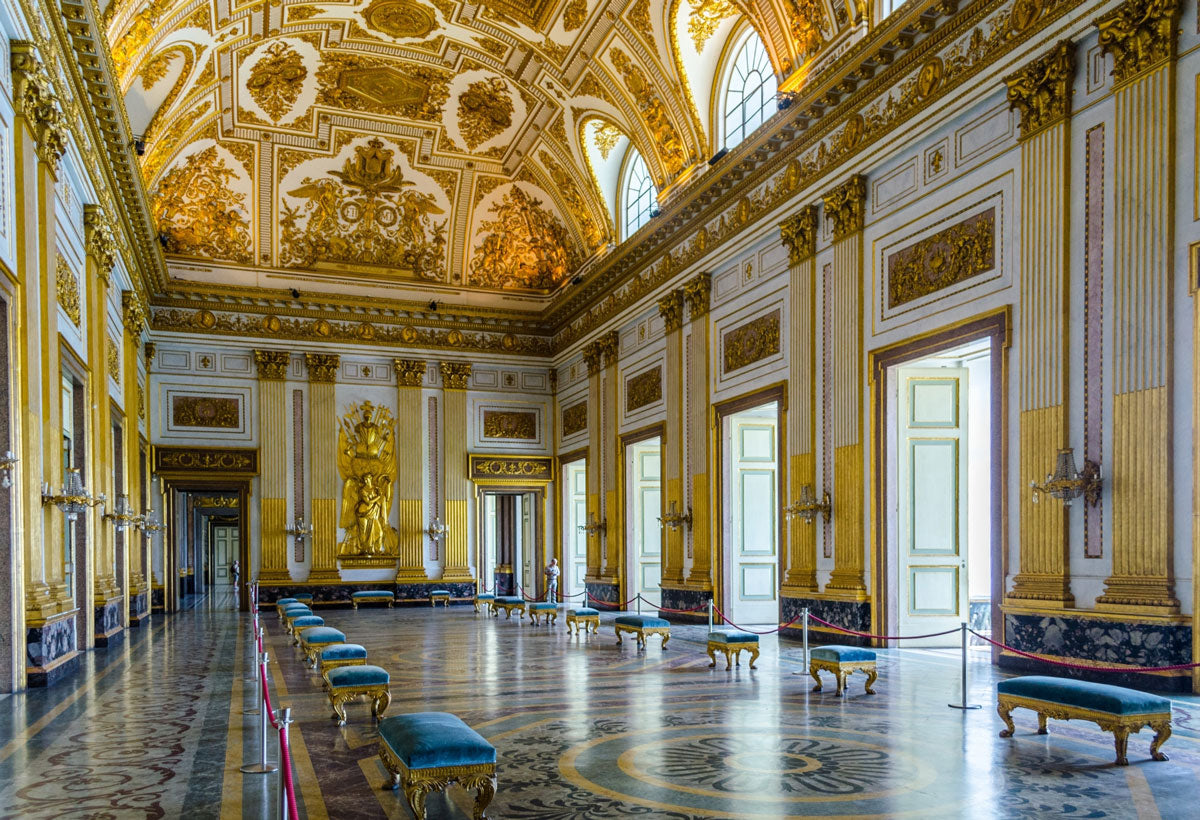
And we arrive to the 19th century, the Neoclassic era, which, as it should be expected, pieces of furniture went back to the Renaissance models in a more delicate and smooth version, with simpler and geometric shapes, like circles, rectangles, and ovals. They used mahogany, ebony, and rosewood, cherry, maple, walnut with gold and bronze touches, as well as marble for surfaces. Trendy pieces of furniture include small tables with folding wings, three-legged tables, carvers, desks, armchairs, cabinets, circular and oval tables, chairs with straight front legs and curvy back legs, gondola style armchairs. The person to highlight: English Thomas Sheraton, who created the cabinet dictionary.

With so many historical options, the era resulting in mid 19th century was Eclecticism (Neo-Renaissance, Neo-Classicism, Neo-Rococo) where bronze and marquetry applications were used and, as a twist (good or bad, depends on the approach each person wishes to give it), the technique that arose was that of taking poor materials and giving them a nice appearance, whether with veneers to cover cheap woods or through upholstering and quilting. They decorated with large lamps, sturdy columns, upholstering walls, and gave curtains great importance.
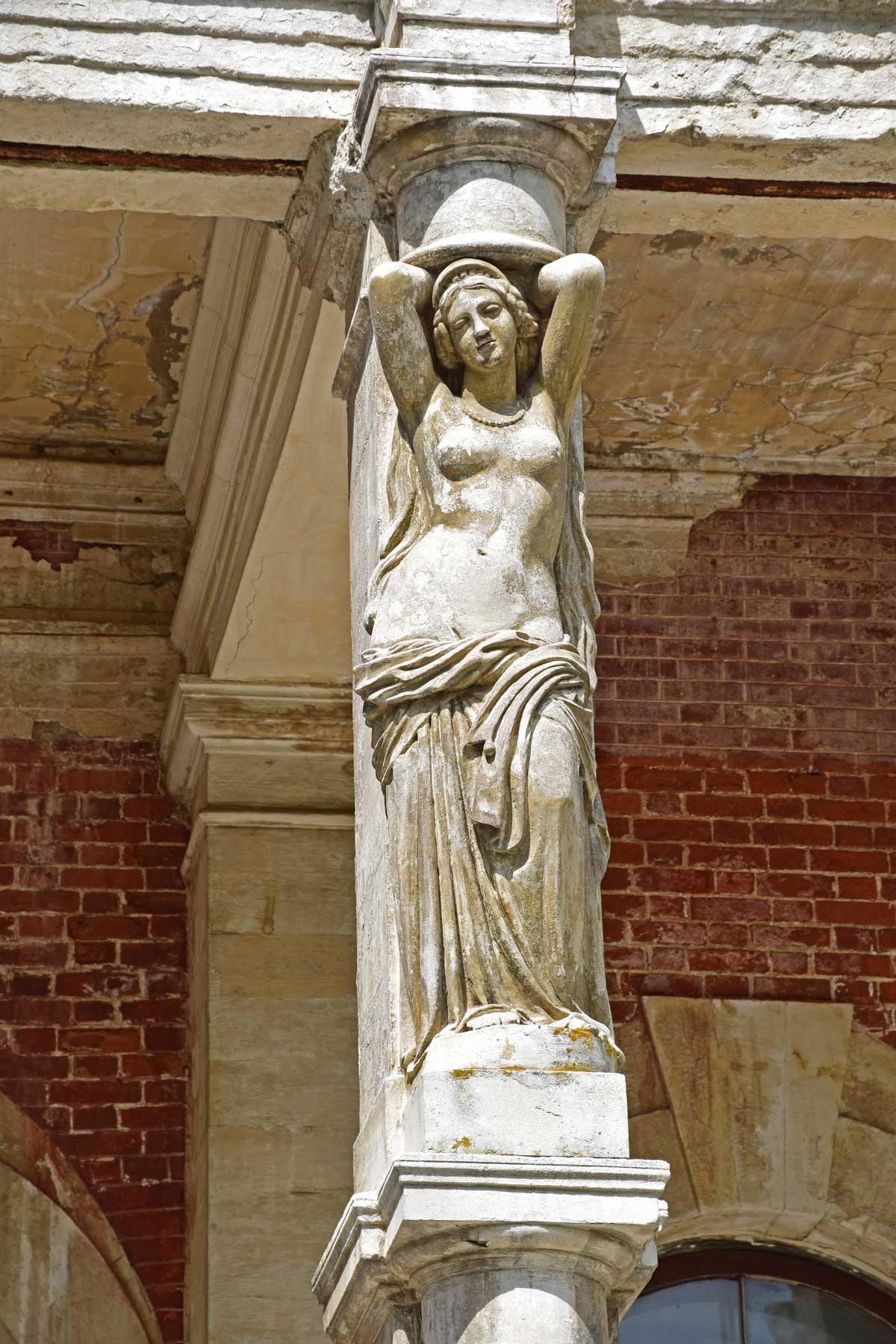
By the end of the 19th century, as a reaction against the “crisis” experienced by furniture design, the Arts & Crafts movement was born, adding craftsmanship to the creation of every item, it was also the return to working with woods like ebony, pear, and lemon tree, and it led the way for Art Nouveau through its asymmetric and organic compositions, with whiplash curves, gigantic flowers, exotic animals, nymphs and mermaids as decoration.
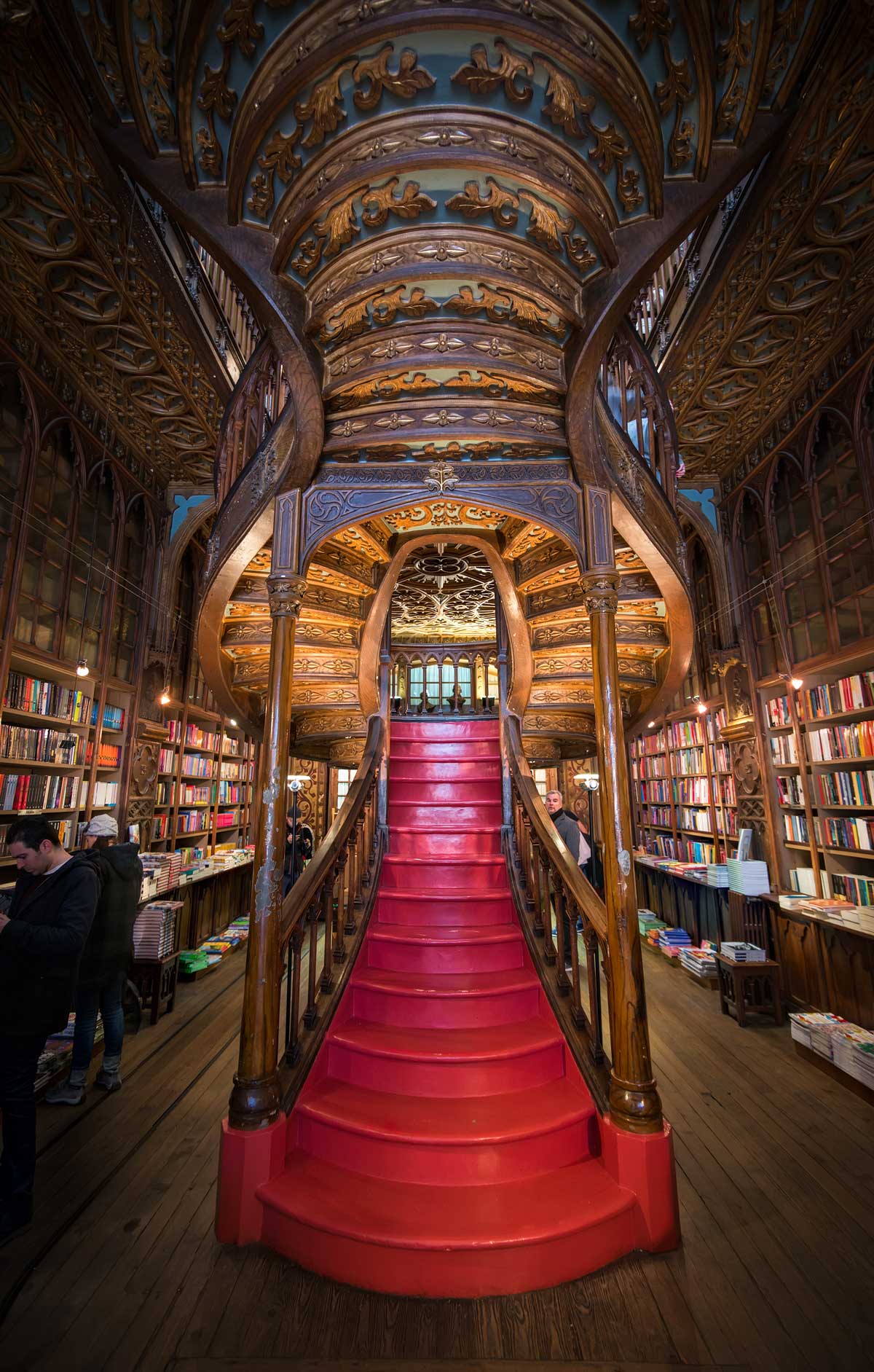
We now enter Modernism in the early 20th century, where lacquered woods, rocks, metallic pipes, glass, steel, and leather were used in pure colors. Among the personalities who arose were Antonio Gaudí and his curves in Spain; Louis Majorelle and André Groult with the Art Decó movement in France; Piet Mondrian and his primary colors in Holland; Le Corbusier in France introducing the chaise longue and his rationalism; Walter Gropius in Germany with his Bauhaus, where form follows function; and Ludwig Mies Van der Rohe with his “less is more” motto and his Barcelona chair; in Russia, Wassily Kandisnky and his abstract forms; Alvar Aalto in Finland with his plywood; and Poul Hennningsen in Denmark with his artichoke lamps as the element to highlight, is without a doubt a very proactive time.
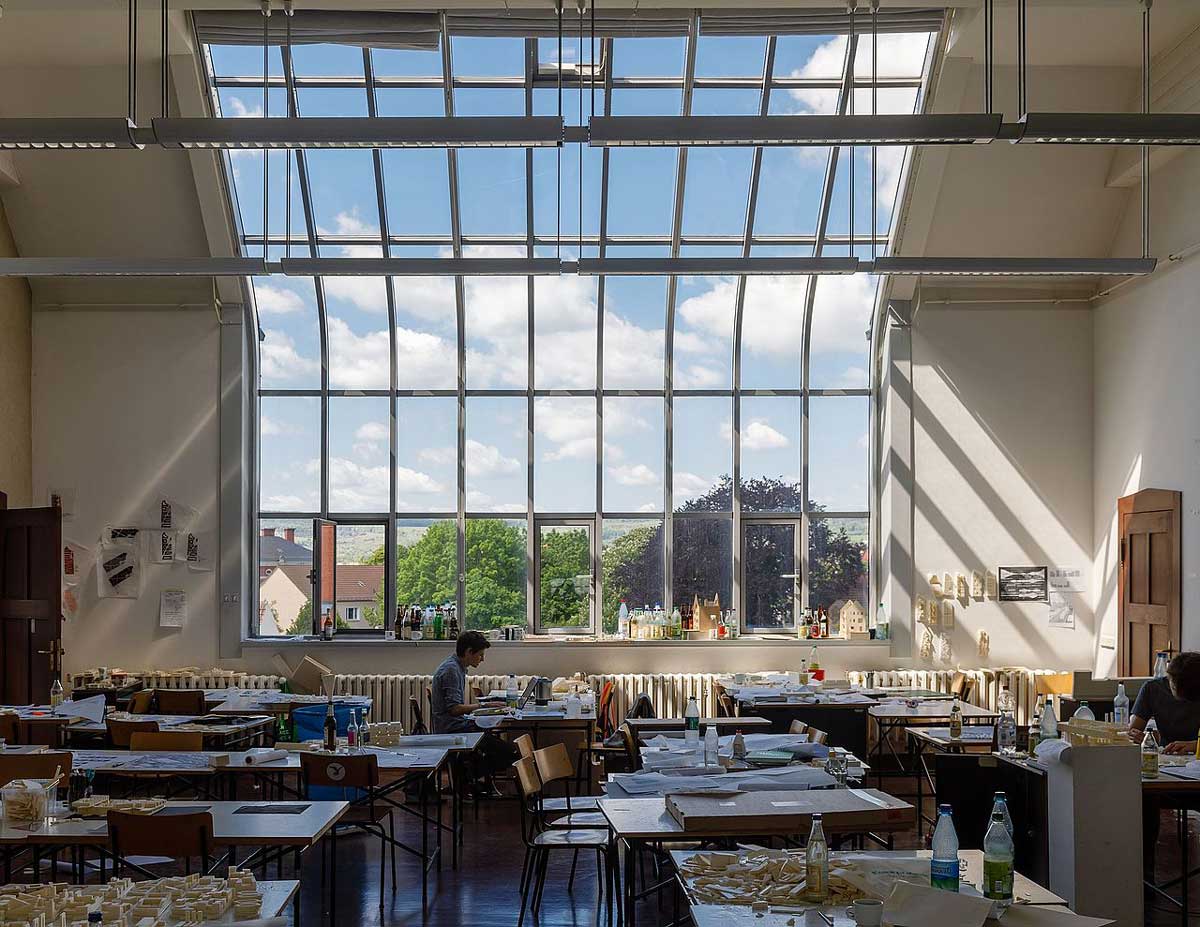
Then we reach Postmodernism (mid 20th century) with its noble woods, plastic, polyester, easy to clean acrylic fibers, pure geometric shapes, absence of decoration, modular designs, and affordable prices. To highlight, Scandinavians like Eero Aarnio, with his comfortable pieces of furniture with simple lines, like the Ball or Sphere Chair, and Italians like Gio Ponti and Marco Zanuso with their original, comfortable, and greatly functional designs.
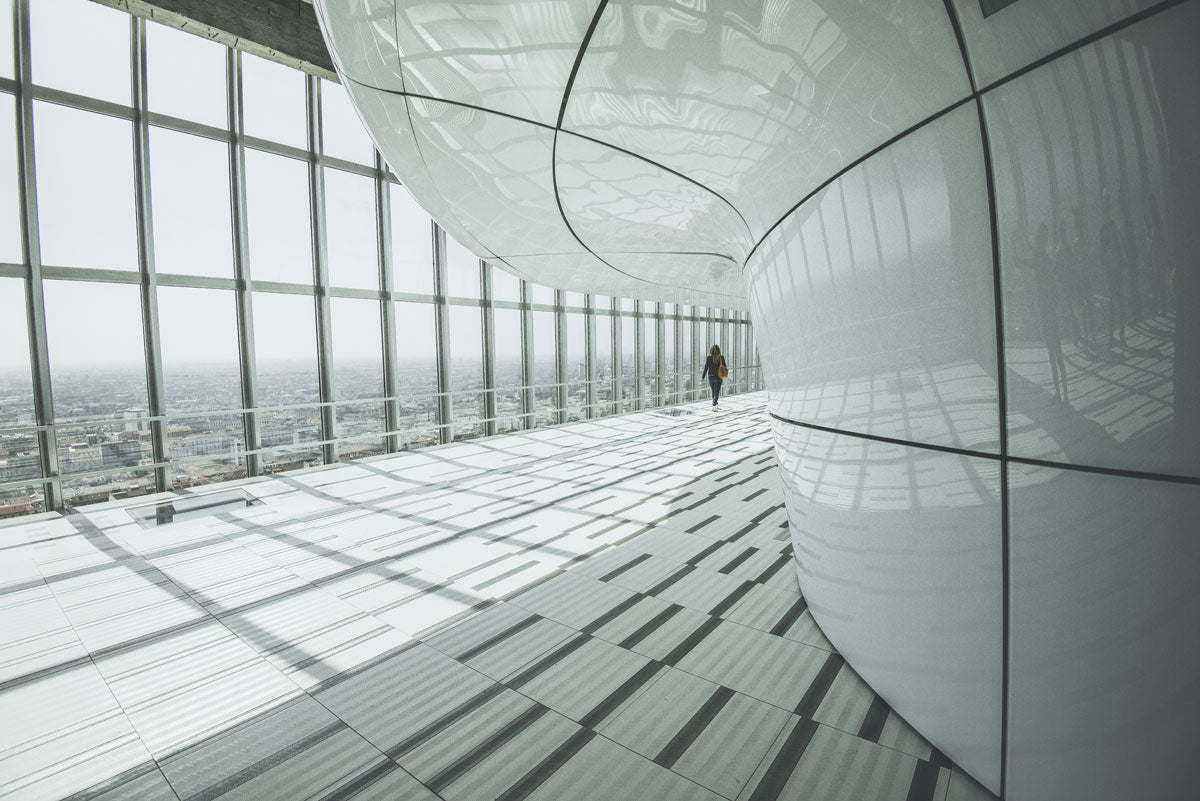
The next era is Contemporary age (end of the 20th century), a time where sustainability awareness was born, along with the discovery of the importance in recycling. As a reaction to the “cold” lines that came before, people searched for warm textures and striking designs. They used materials like polycarbonate, light woods, polyester, polypropylene; they recovered color, took ethnic inspiration, and refused minimalism, the air and space were taken into consideration while designing interiors. Designers like French Phillippe Starck and his methacrylate chairs emerged; British Jasper Morrison, precursor of the “New Simplicity”, and Swiss futurist Yves Behar.

And so, in a flash we reach today, where we use natural woods, marble, granite, golden metals, bronze, and colorful chrome and glass to make furniture, but that is another story.


